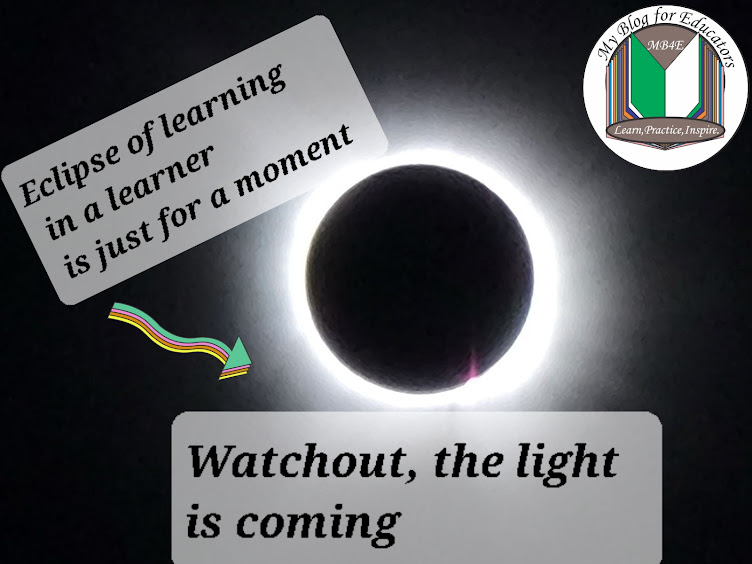Our learners are neither containers nor
knowledge-absorbing materials but rather active individuals capable of
meaningful constructions. Therefore they should be taught and allowed to think
critically while learning. It is a beautiful thing to allow learners to walk
the process before arriving at the answer. Critical thinking skill is one of
those skills that will authentically help learners navigate through the process
of problem-solving. In a diverse world like ours, critical thinking is one of
the skills that we can use to deal with the challenges that come with it.
From the perspective of Walden University, 'Critical thinking goes beyond
memorization, encouraging students to connect the dots between concepts, solve
problems, think creatively, and apply knowledge in new ways. Despite myths that
critical thinking skills are only applicable to subjects like science and math,
the reality is that these skills—which are based on the evaluation and
application of knowledge—are not only vital for success in all subject areas
but everyday life as well
Passive learning has lost its grip, and the era of active
learning has come to stay. Our learners need to learn how to think and not what to think.
How then can Critical
thinking be taught? Here are some tips
1. A teacher should have a wider knowledge of critical
thinking skills and understand Bloom's taxonomy and hierarchical order before
he or she can be able to teach the skill to the learners. If you do not have
adequate knowledge of critical thinking skills (Lots –Lower Order Critical
Thinking Skill and HOTS –Higher Order Critical Thinking Skill), you may not be
able to create the right activities that can trigger and promote Critical
thinking skills in learners.
2. Encourage learners to lead learning –This will
enable you to relinquish the learning power to the learners and stand as a guide.
When learners know that their opinion counts, they will learn to take charge by
thinking deeply because the responsibility has been conferred on them to lead
learning.
3. Use questioning skills–. Socrates emphasised the power
behind questioning skills. Questioning skills evoke curiosity in learners. When
learners are curious, their opinions are evoked and they begin to look for
solutions as they try to solve problems. Open-ended questions are the best. Take
time to build your questions, do not settle for state and list, Ask
learners questions that will shift them from their comfort thinking zone such
as remembering where they can only settle with memorization. Properly
created questions with Bloom's taxonomy in mind are capable of pulling learners
from lower to higher-order critical thinking skills.
4. Promote
decision-making- Learners on the verge of making decisions weigh ideas and
options to know which to arrive at.
5. Deploy
collaborative learning- This type of learning exposes learners to constructive
thought processes as they work together. It can be done through group work and
discussion. Learners' thinking is expanded as they discover that there are many
ways to solve a problem.
6. Encourage
creativity-Spark deep thinking by giving learners what to create,
it could be in the form of a project, making of models, presentation, writing, etc
For additional resources on how to teach critical thinking skills, click here-https://www.waldenu.edu/online-bachelors-programs/bs-in-elementary-education/resource/seven-ways-to-teach-critical-thinking-in-elementary-education (Walden University)
Are there benefits of Critical thinking skills? Yes. Click here to learn more 👉THE IMPORTANCE OF CRITICAL THINKING IN EDUCATION (Rahul Education)
Additional
resources
Critical Thinking (The Glossary of Education Reform)
Critical Thinking (Centre for Teaching and Learning- Western University)
A deep dive into critical thinking (part 1) – what is it and how is it taught?
(Cambridge University Press & Assessment)





No comments:
Post a Comment